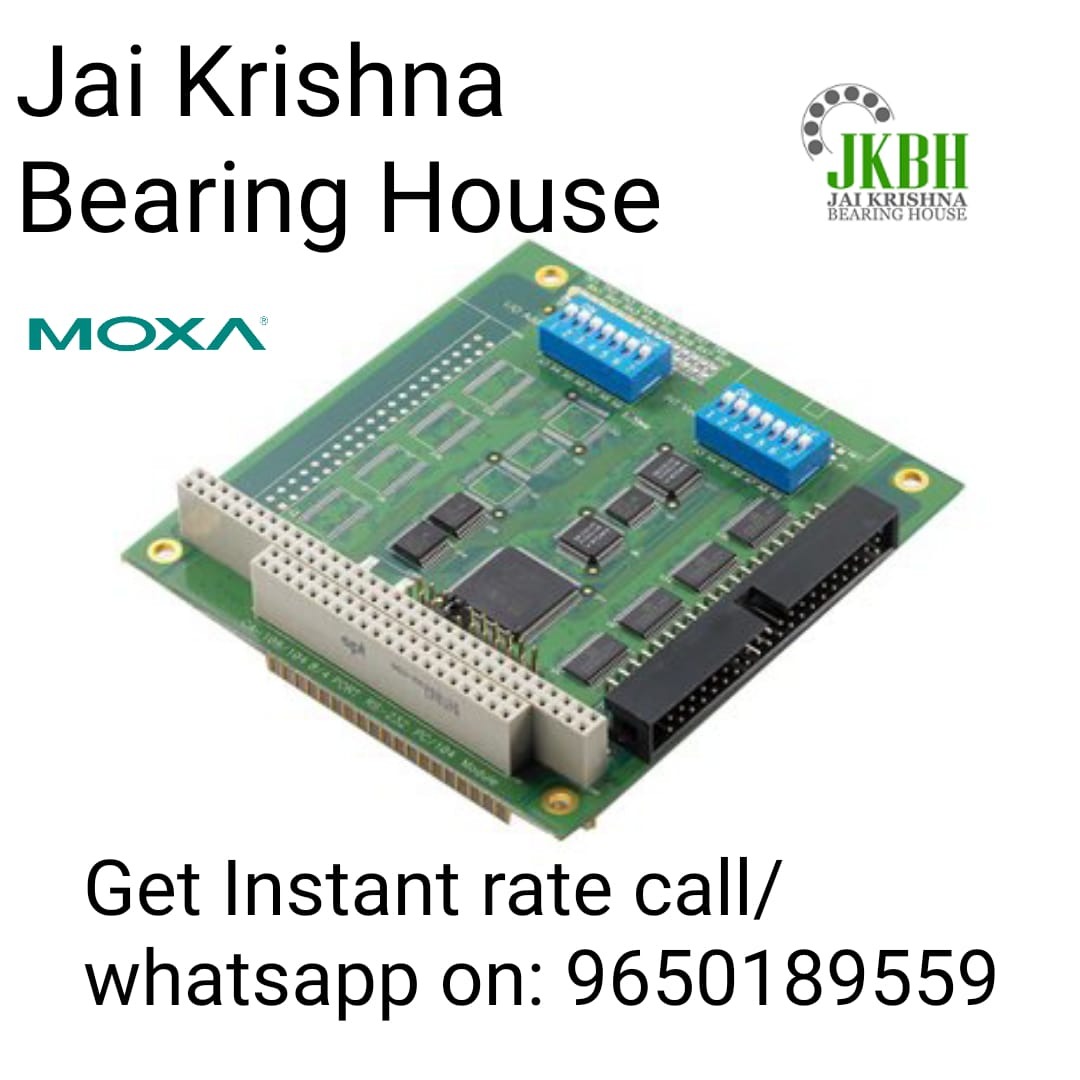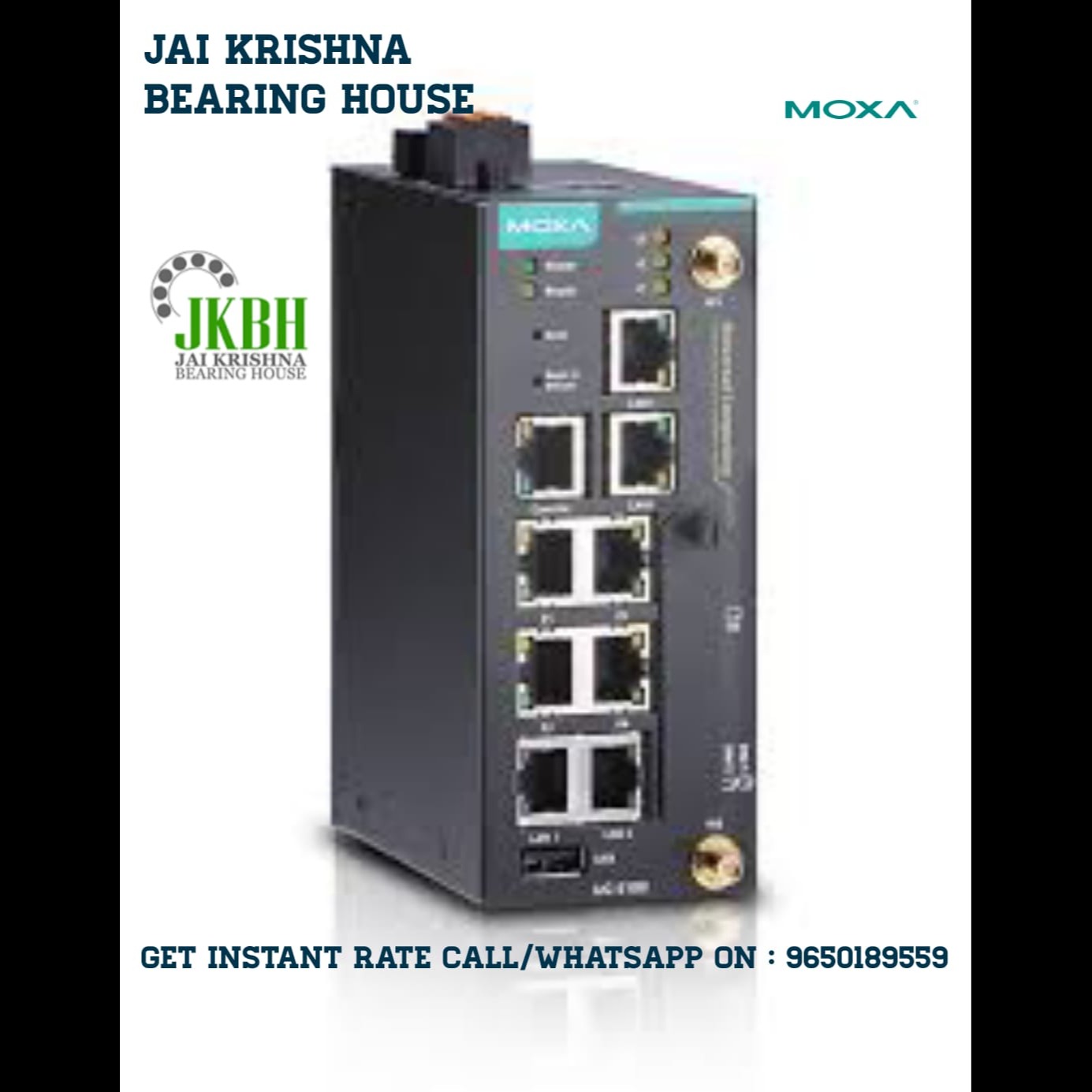
A multiport serial board is a hardware device that allows multiple serial ports to be added to a computer or industrial system via a single interface, typically through a PCIe or USB connection. These boards are commonly used in applications where a computer or embedded system needs to manage several serial communication devices (e.g., modems, sensors, barcode scanners, PLCs, industrial equipment).
In the context of industrial automation, IoT systems, or legacy equipment integration, multiport serial boards can provide the ability to connect multiple serial devices to a single system without needing multiple expansion slots or external devices.
Key Features of Multiport Serial Boards:
Multiple Serial Ports:
Multiport serial boards provide multiple RS-232 or RS-485 ports (usually ranging from 2 to 16 or more serial ports) on a single board. Each port can communicate with separate devices simultaneously, making these boards ideal for controlling or monitoring several devices at once.
Expansion Flexibility:
These boards come with either PCIe, PCI, or USB interfaces to connect to a computer or industrial system.
A PCIe multiport board is often used for high-speed, reliable connections, while USB-based boards are used for more portable and compact applications.
Compatibility with Various Serial Protocols:
Most multiport serial boards support RS-232, RS-422, and RS-485 protocols, and some models support TTL (Transistor-Transistor Logic) or current loop for specific industrial applications.
These boards provide essential support for Modbus RTU, ASCII, Profibus, and other serial-based protocols.
High-Speed Data Transmission:
The serial ports on these boards often support high-speed data transfer. The maximum baud rate can typically go up to 921, 600 bps or more, allowing for fast communication between devices.
Automatic Flow Control:
Many modern multiport serial boards support hardware flow control (RTS/CTS) and software flow control (XON/XOFF), which ensure smooth communication and prevent data loss.
Software Support:
Multiport serial boards usually come with driver software and API libraries (e.g., Windows, Linux) to facilitate integration with applications, enabling users to configure ports, monitor communications, and troubleshoot issues.
Most boards are compatible with standard terminal emulation software and can work seamlessly with serial communication protocols.
Industrial and Embedded Use:
Multiport serial boards are often designed to withstand industrial environments and operate in harsh conditions, including high temperatures, vibrations, and electromagnetic interference.
They are used in embedded systems, where space is limited, and multiple serial devices need to be connected.
Bus-Powered or External Power Supply:
Some multiport serial boards are bus-powered, meaning they draw power directly from the system\'s PCI or USB bus. Others require an external power supply, especially when the board supports multiple high-power devices.
Port Isolation (for RS-485):
For RS-485 communication, some multiport serial boards provide port isolation to protect the connected devices from ground loops or electrical surges.
LED Indicators:
Many multiport serial boards include LED indicators for each port to show the connection status, activity, and errors, which aids in troubleshooting and monitoring.
Keywords
921 600 bps
embedded systems
embedded system
rs485 protocols
usbbased boards
boards ideal
led indicators
ground loops
usb bus
systems pci
buspowered meaning
connected buspowered
electromagnetic interference
harsh conditions
work seamlessly
troubleshoot issues
facilitate integration
windows linux
api libraries
driver software
current loop
usb interfaces
pcie pci
expansion flexibility
rs485 ports
hardware device
connected devices
rs485 communication
single system
fast communication
usb connection
industrial system
serial protocols
serial ports
single board
single interface typically
serial communication devices
multiport serial boards
pcie multiport board
multiple serial devices
multiple serial ports
specific industrial applications
multiport serial board
connection status activity
withstand industrial environments
applications enabling users
ensure smooth communication
compact applications compatibility
draw power directly
external power supply
high temperatures vibrations
maximum baud rate
highspeed reliable connections



